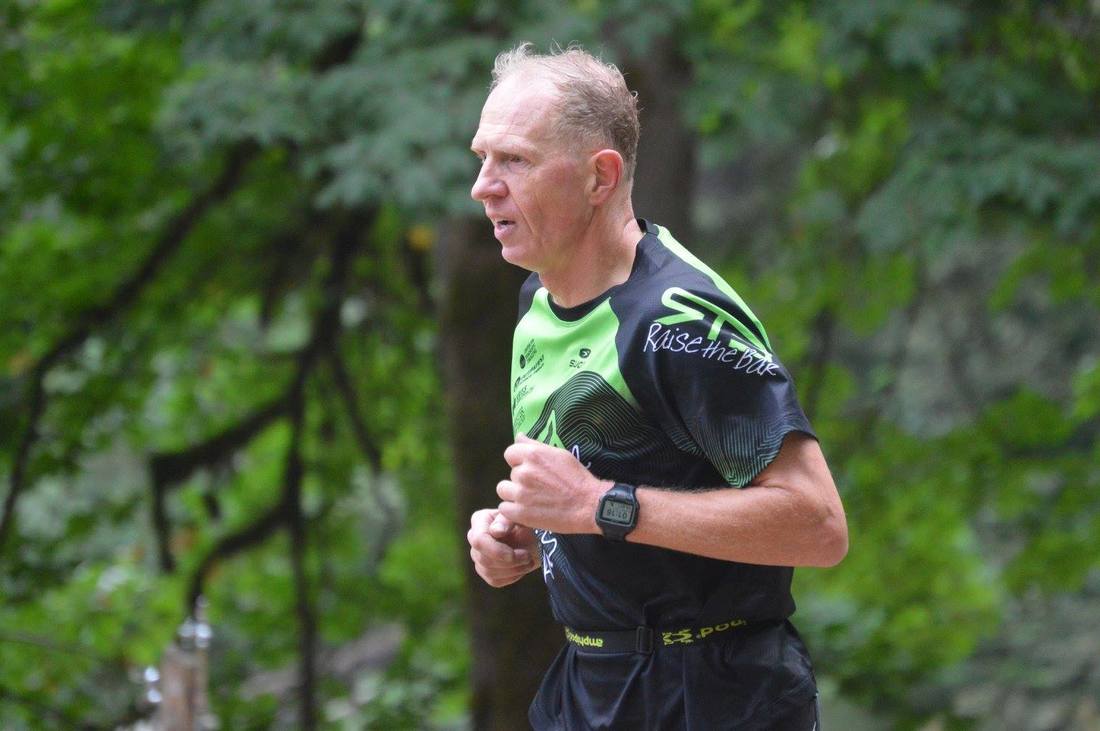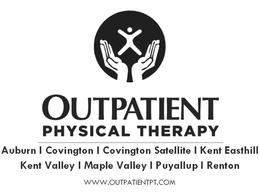|
Negligent drivers. They come in all forms and we’ve all seen most versions of them. Some are behind the wheel texting on their smart phone, plugging in addresses on GPS navigation systems, or chatting away on their phones. Boats have more equipment on their dash boards than ever – not to mention wakeboard towers racked with speakers and their music. Diverted attention is a triathlete’s worst nightmare. We are the vulnerable little guys and gals surrounded by mere mortals operating thousands of pounds of powerful steel. It’s a simple matter of physics: when one of these neglectful vehicle operators messes up, you will be impacted much more severely than if you too were encapsulated in a car. The Washington Traffic Safety Commission collects collision data summarizing the numbers affected by driver negligence. Here’s some selected statistics covering both vehicular perpetrators and their victims. Between 2008 and 2013 each year distracted drivers (eg. cell phone, eating, swatting a back seat brat) caused 111 to 144 fatalities and 212 to 495 serious injuries. The numbers are not that much different than fatalities caused by alcohol impaired drivers (126 to 189 per year). During the same 2008 to 2013 timeframe, Washington cyclists suffered between 80 and 110 serious injury collisions and were victim of 6-12 fatalities. For pedestrians fatalities were between 50 and 75; and serious pedestrian injuries ranged between 259 and 337. Cyclists and runners may avoid late-night drunks, but they have a serious history as victims of drivers negligence. With all that in mind, what follows is a quick lesson that should guide your understanding of negligence and cycling law. Look for the sequel article discussing how to be prepared for an accident. In Washington there are laws describing cyclists responsibilities. And there are laws that describe automobile operators’ responsibilities. With a few exceptions, the rules of the road are the same for both. Our courts have repeatedly assisted cyclists when negligent drivers have tried to argue absurdities. For example, the state supreme court has ruled someone riding a bicycle through a crosswalk enjoys the same rights as someone walking through the same crosswalk. Drivers are expected to yield to cyclists when cyclists need to ride on the roadway rather than a shoulder to avoid gravel or other hazardous conditions. But otherwise, there are not special rules that essentially favor cyclists. We might get some occasional bike-only lanes, but the law doesn’t grant us a red carpet wherever and whenever. We’re supposed to signal when we turn, honor traffic lights, and stay as far as we can to the right. But if we get hit by a car, we aren’t entitled to recover for anything in particular unless the accident was somebody else’s fault. Nevertheless, given driver’s legal duties to share the road and to drive with care for the safety of others, cyclists typically have strong legal claims when they are injured by others negligence. Most often it is motor vehicle operators who hurt cyclists. But poorly managed pets, other cyclists, and dangerously built roadways can all cause cyclist injuries and none of them are immune from having to help you if they are responsible for your injuries. This often means that something other than an automobile policy needs to be reviewed and accessed when seeking to fairly compensate the victim. Come back next week for Part II to learn about the next stages of the legal process when someone is hurt by a driver. Comments are closed.
|
Raise the BarRace reports, upcoming events, news, and more, from RTB. Archives
September 2023
|

 RSS Feed
RSS Feed





